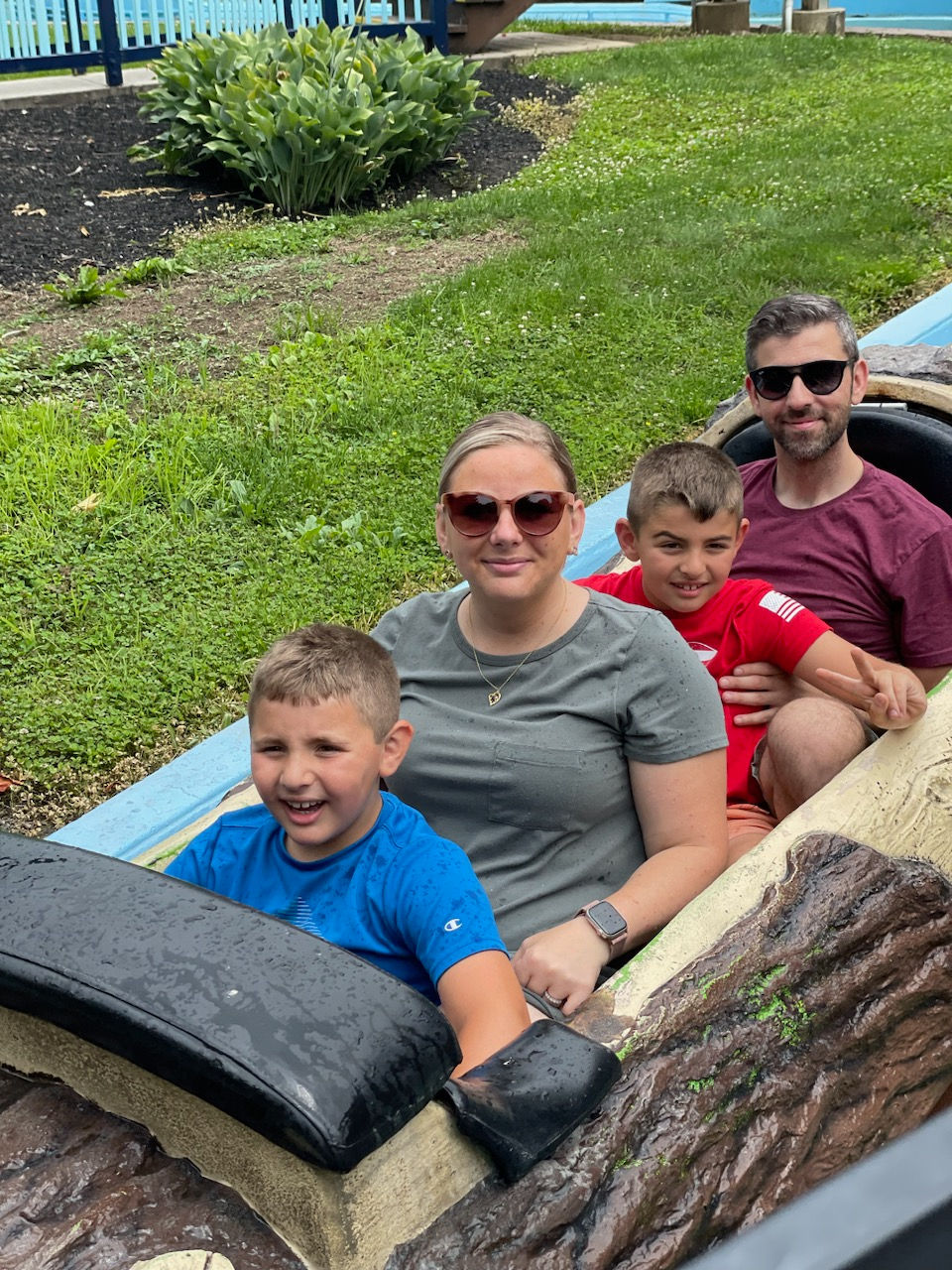Using a Toy Farm House and Animals to Target Speech Goals at Home
- Elif Hajaluga

- Sep 2, 2024
- 2 min read
Updated: Nov 26, 2024
Using a toy farmhouse and animals in speech therapy is a great way to engage children while targeting a variety of speech and language goals. Here are some goals you can target:
1. Vocabulary Development
Animal Names: Teach the names of different animals (e.g., cow, pig, horse).
Farm-Related Vocabulary: Introduce words like barn, fence, farmer, tractor, hay, etc.
Animal Sounds: Practice the sounds that animals make (e.g., “moo” for cow, “oink” for pig).
2. Following Directions
Simple Commands: “Put the cow in the barn,” “Make the pig jump.”
Two-Step Directions: “First, feed the horse, then put the sheep in the barn.”
Complex Directions: Incorporate spatial concepts like “Put the chicken next to the barn and the cow behind the fence.”
3. Sentence Structure
Simple Sentences: “The horse is running.”
Expanding Sentences: Encourage the use of adjectives and prepositions (e.g., “The big brown horse is under the tree.”).
Question Formation: “Where is the pig?” “What is the cow doing?”
4. Articulation Practice
Target Sounds: Focus on specific sounds that the child needs to work on (e.g., “s” in “horse,” “p” in “pig”).
Sentence Practice: Incorporate target words into sentences or phrases.
5. Prepositions and Spatial Concepts
Practice Prepositions: Use the farm animals to demonstrate prepositions like in, on, under, next to, behind, etc.
Position Descriptions: “The cow is in front of the barn” or “The horse is behind the fence.”
6. Social Skills and Pragmatics
Turn-Taking: Engage in turn-taking activities by having the child take turns placing animals in the barn.
Role-Playing: Practice social interactions by role-playing with the farmer and animals.
Requesting and Commenting: Encourage the child to request specific animals or actions and to comment on what is happening (e.g., “Can I have the sheep?” “The pig is eating.”).
7. Sequencing and Storytelling
Sequence of Events: Have the child create a sequence of actions, like “First, the farmer feeds the animals, then they go to sleep.”
Story Creation: Encourage the child to create a simple story using the farm and animals.
8. Problem-Solving and Critical Thinking
Scenarios: Present scenarios like “The horse is stuck in the barn, how can we help it?” and have the child think of solutions.
Decision-Making: Ask questions like “Which animal should go to the barn first?” or “What should the farmer do next?”
These activities are flexible and can be adapted to suit the individual needs and goals of each child in therapy.




















Comments